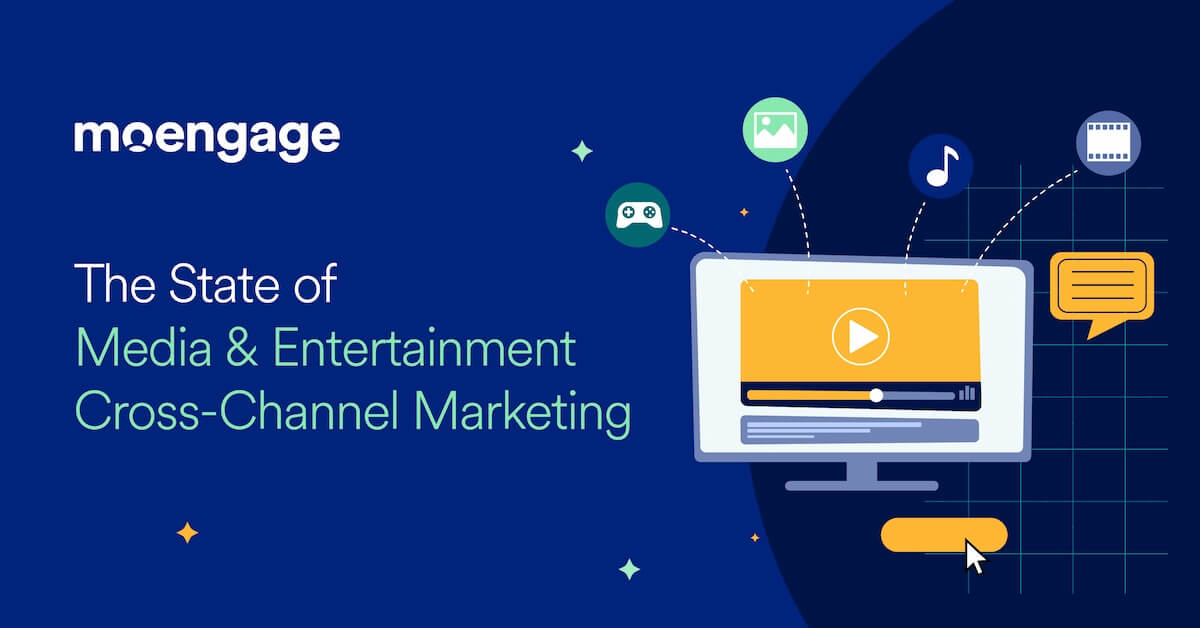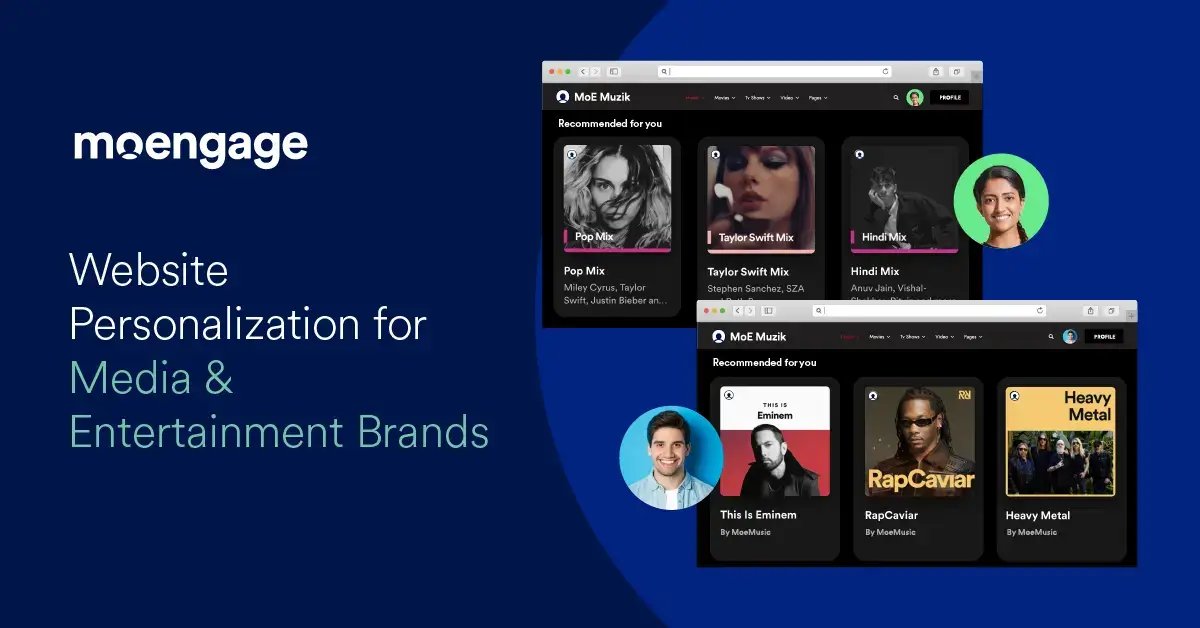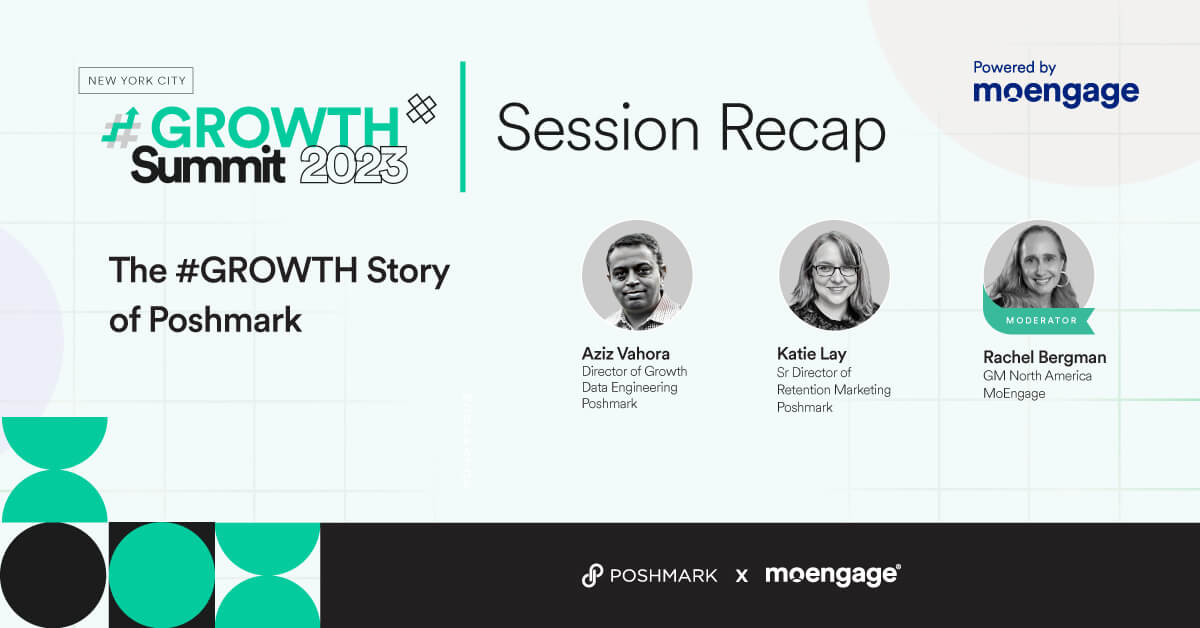Experts Share Tips for Monetization in the Mobile Gaming Industry
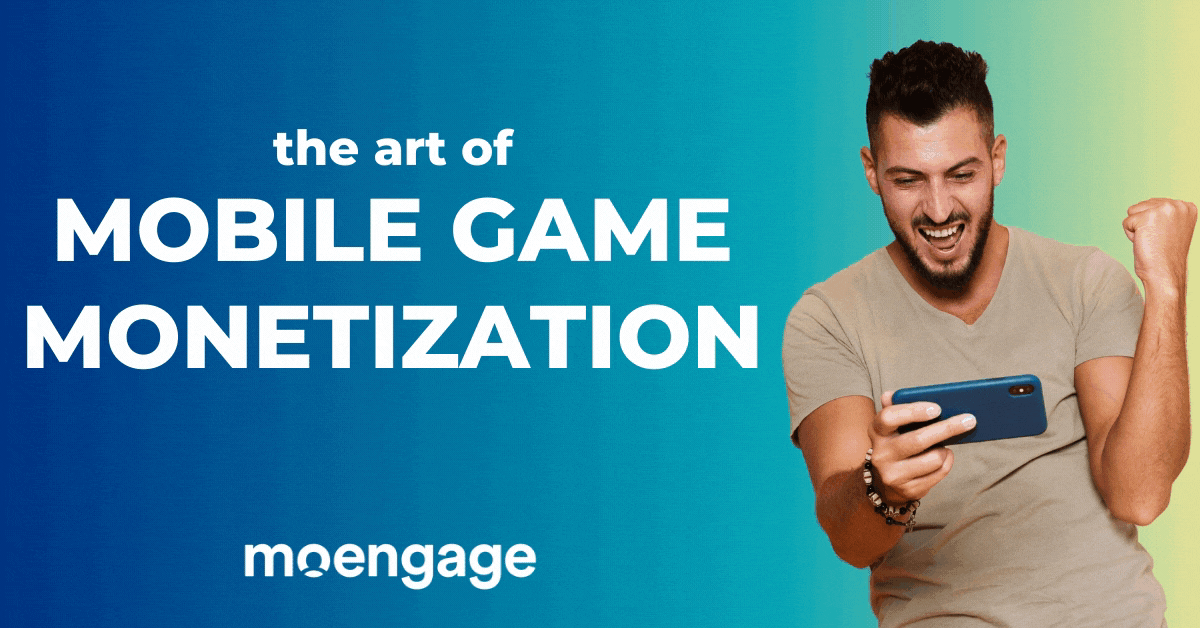
Reading Time: 9 minutes
Bonus 👉 Access findings from 100+ Mobile Gaming brands to stay ahead of the curve in 2023 [Download Report] |
Mobile gaming revenue is estimated at over 63 billion USD. Forecasts suggest that revenue from the mobile gaming industry will continue to grow, surpassing 100 billion USD by 2023.
In our latest virtual roundtable, we invite leaders from the top gaming brands in India to discuss different monetization models they use, which user cohorts drive the highest revenue, and the common mistakes to avoid while monetizing mobile games.
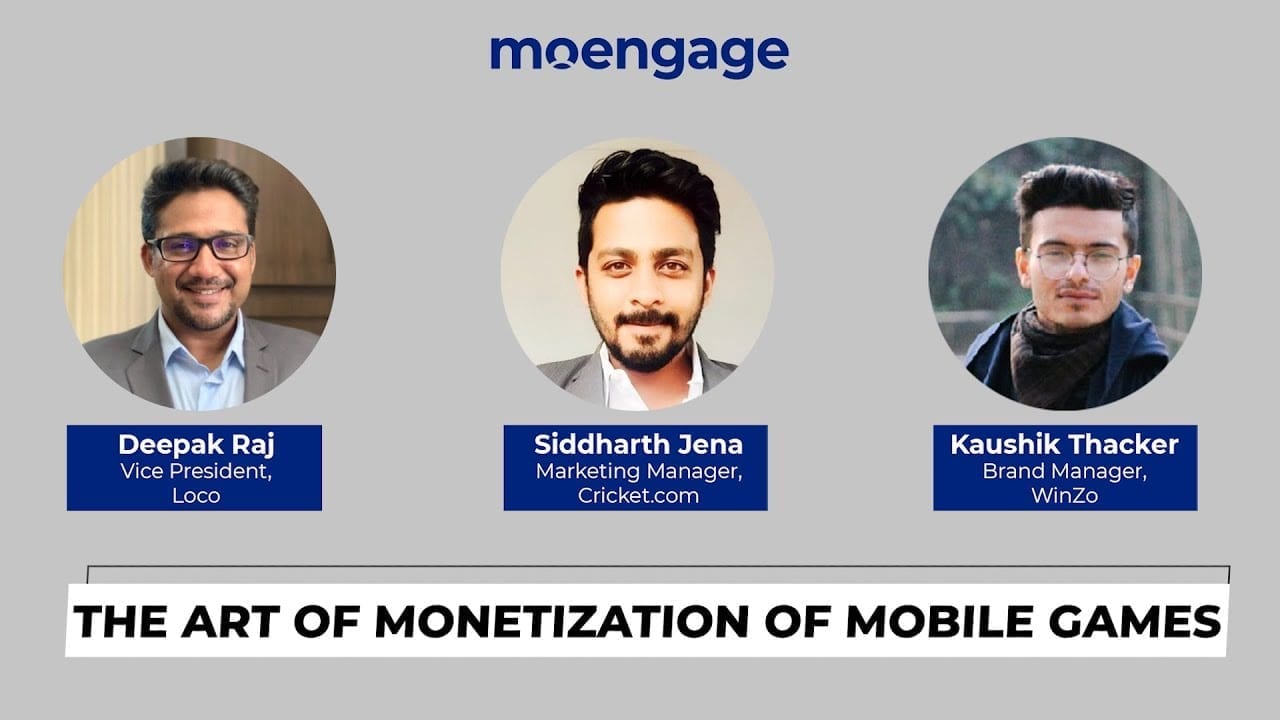
How do you monetize your mobile game? What are some of the common pitfalls or mistakes to avoid?
Kaushik: In 2017, we started with a subscription model where our users could play a limited number of games during the period of time. But we realized that scaling was a challenge in a subscription-based monetization model.
We then pivoted our model to in-app purchases (IAP) and micro-transactions. After seeing increased adoption, we implemented the model on the multiple games we had on the platform. And, that was something that we started as a beta product in 2018.
The pivot resulted in two major benefits for WinZo:
- The biggest benefit of IAP and micro-transactions was the network effect. On a subscription model, it’s difficult for a gaming platform to acquire a lot of users by referrals.
- The second benefit was a reduction in fatigue. In hyper-casual games, achieving a saturation point due to playing the same game is very common. But IAP and micro-transactions brought in something new and different for our gaming community to look forward to and break the monotony.
Obviously, we introduced a lot of new product features as well, but IAP and micro-transactions led the business for us. As someone with a gaming platform, you will end up trying multiple things, and most often they will not work out as you expect them to. But the important thing is to identify early signs and quickly move on from the trial-and-error stage once you know what is resonating with your users. At the end of it all, games are all about the Product/market fit.
Siddharth: When it comes to monetization, at this stage is we’re considering two different mobile game revenue models.
One of them is advertising. It is a conventional way of monetization if the top of your funnel is adequate enough. This is also something that most of the Media & Entertainment mobile and web platforms do.
Due to the nature of our mobile game, the major challenge we face is the frequency at which we show advertisements. Our users, like every other consumer, are not keen on having ads on their faces all the time.
The other model that we’re contemplating at this time is the conventional way of weighing ahead and monetizing the entire platform by removing free access altogether. The reason behind this is because Fan Fight and Cricket.com, both our products, are under the same roof. We are trying to use Cricket.com as a channel to drive users to Fan Fight. Users can look at data on Cricket.com, and then make informed decisions with real money on Fan Fight. So our primary focus is on making this funnel easy for our gaming community.
We primarily looked at retention parameters on Cricket.com to decide the most feasible monetization model for us. And, since this is related to one sport, Cricket, this decision will come only after a major tournament like the Indian Premier League (IPL).
To conclude, we focus on analyzing the user behavior well and then understanding the right moment to launch a monetization prompt.
What are the typical demographics of your mobile game? And what strategies do you follow to engage them?
Deepak: If I take quizzes as a format that we use to monetize, our users are broadly somewhere between the 22-40 age group, with a higher skew towards the older age. I believe this is because hyper-casual games aren’t as demanding as e-sports or first-person shooter (FPS) games.
On the other hand, the streamers on our platform are generally in the 16-22 age bracket.
When it comes to engaging these users, we have three-four different products bundled into one ecosystem. This way everybody gets to do what they want to do on one mobile app.
Siddharth: In India, Cricket is more of a religion than a sport. And, due to this our demographics are extremely vetted. It starts with a 12-year-old who has access to a mobile phone and all the way up to a 50-year-old.
Our mobile platform provides a second screen experience for Cricket, television being the first. We are trying to change the way people experience Cricket. Follow a live commentary or reading a live score has been an integral part of a second screen experience that we’re trying to change.
We have separate cohorts based on the source of acquisition at Cricket.com. Our users in the age group of 23-35 years consume content the way we want them to, whereas, audiences above the age of 45 still use the conventional way of watching cricket and consuming content around it.
Our engagement strategy primarily revolves around the communication that goes out to them. We try to induce the habit of fantasy gaming in our Cricket.com users. After identifying a particular segment that is a fantasy player, our communication varies from education to promotion of Fan Fight. So there are varied communications that go out.
We also constantly run multiple experiments and A/B tests to figure out what is working and what is not in terms of engagement.
Kaushik: We target mobile gamers from Tier 2 and Tier 3 cities in India who are kind of banking on a very smaller ticket size. A lot of experiments are involved since it is very difficult to build trust in this demographic.
Our whales are from the 18-34 age bracket who generally have a need for social validation and reward-based gratification. To ensure that we are engaging them in a better way, we firmly believe in a product-led approach. For example, friend referrals and influencer programs give our users monetary benefits and a kind of social validation in the community that they are looking for. And these have worked really well for us.
Another form of product-led engagement in the mobile gaming ecosystem is the launch of tournaments with achievement ladders and rewards. We recently launched a “team tournament”, wherein our mobile gaming community is encouraged to invite friends and family members to participate in games with random teams to create social communities. Especially in times like these where we are working remotely due to COVID-19.
What is the impact of vernacular languages on your mobile gaming audience from Tier 2 and Tier 3 cities?
Kaushik: 90% of our user base comes from non-metro and Tier 2 and Tier 3 cities. And, we are right now clocking somewhere in the range of 1 billion gameplays a month! The opportunity here is huge, especially in India, because in the next couple of years, we are going to see 300-400 million new smartphone devices and a lot better internet infrastructure.
After conducting a lot of surveys, we realized that when any mobile gaming platform is trying to tap into Tier 2 and Tier 3 cities, there is a huge trust and identity crisis.
Our social and community play a key role in successfully cracking this market. We started off with 2-3 languages in early 2018, and have now scaled to support more than 10 different vernacular languages! This is because it becomes very easy for people in Tier 2 and Tier 2 cities to communicate with their friends and their communities. We provide not just casual and social giving, but an experience in itself where people can communicate with each other in their own language.
Deepak: From the beginning, Loco (PocketAces) has been a very language-oriented platform. We conducted quizzes every day in six languages!
When it comes to streaming, we currently have major tournament players and streamers from plenty of different vernacular languages on our platform. To give you some context, the top 200 streamers on our platforms are exclusively streaming in local languages as we speak!
Local language affinity has definitely deepened our segmentation efforts in Tier 2 and Tier 3 markets for sure. I think the main reason behind this is primarily the hardware. Mobile phones have been cheaper and are available virtually everywhere.
Siddharth: Vernacular language support has always been in the roadmap for Cricket.com. Due to the penetration of this sport in Tier 2 and Tier 3 cities, this is going to help us. That’s a no-brainer!
Our product teams find this support quite tedious when it comes to actual development. It’s not easy to support content in multiple vernacular languages, and it takes a lot of time. This is why we also want to validate this feature.
Vernacular communication has helped brilliantly for Fan Fight, with more than 50% of our user base consisting of non-English speakers.
What is your strategy for sporting events like the IPL that impact the mobile gaming ecosystem? What KPIs do you measure?
Siddharth: On a normal day, I would try and analyze the users that are coming in late because user acquisition has never been a challenge for us. We also have good 30-day retention as well.
User engagement what we are trying to figure out at the moment.
We’ve tried a couple of things. We’ve come up with some IPL themed gamification and achievement ladders. We’ve also introduced new sections in the mobile app where users can look forward to what is going to happen in a match and measure the performance of the players involved.
A lot of our time now is spent understanding how users are behaving across the funnel. This will lead us to pick the right business model as well as build the right retention strategy.
Deepak: During times of traffic uptick like the IPL, we primarily look at the number of contests that our mobile gaming community participates in. The next step is to then figure out how to maximize the ticket size from these users. We closely monitor adoption versus retention. People who participated in yesterday’s match want a different one today.
The biggest challenge is user retention definitely. The users acquired during this time try to utilize the early benefits that we provide. But to make sure that they stick to your mobile gaming platform is very difficult. What we’re doing is trying to replicate the journey of a loyal customer to these users.
How do you quantify the impact of CRM on your overall mobile gaming revenue? What do you measure to determine this?
Siddharth: Our CRM software is primarily directed to analyze user behavior and come up with strategies for user retention on our mobile gaming platform. We use in-app messages specifically to educate our user base about the fantasy elements of the game. We provide a lot of video content to our users this way too.
The primary reason behind this is to drive adoption towards the fantasy parts of the game. Let’s say there’s a hyper-casual player who has never tried out a fantasy game in his life. He’s watched a couple of matches, but he’s not engaged further. We identify this user using the CRM software and then try to educate this person about fantasy, or card games, or any other monetization avenue using videos.
We try to provide the education experience using the CRM software and add a layer of personalization to drive that kind of user engagement.
Deepak: Our platform is more of a mobile gaming streaming platform where users come and entertain themselves with a new kind of game.
We analyze the behavior of users who have been streaming regularly and are talking about how they set up the team. And, we’ve seen a lot of traction from users in moving this content. So naturally, we are also focusing on that.
For us, retention is the most important KPI for monetization. And to achieve this, we focus on engagement, primarily through our quizzes. Every Cricket season we have a quiz coming in, and there is prize money involved. This is something that hyper-casual gamers are interested in and it excites them.
And CRM software plays a key role here. We grade users on an engagement scale of 0-9. This helps us identify user cohorts that are the most engaged and our revenue can then be successfully attributed to these cohorts.
CRM software also helps us understand what is happening with the users that we have acquired recently. Are they active? Are they not? What 20% of our user base is responsible for 80% of our revenue? And so on. We usually create about 3-4 user segments to keep it simple. These are the high-value players, medium-value players, and low-value players.
Kaushik: Revenue-wise, CRM software becomes very crucial for us, especially in helping us know what we should be communicating, and to which user base.
We closely monitor user behavior – the amount of time spent on each game, the category of the different games played, and the recurring behavior of the user (how many times he/she played the same game). By monitoring this, we gauge whether the customer likes a particular game genre or category. We then use this information to take these users further into other games or lead them to spend more time.
Marketing automation and CRM software have brought in a lot of flexibility for mobile gaming platforms. Especially in terms of measuring revenue, setting up goals, and measuring success. With CRM, it becomes easier to deep dive into different user cohorts and segments. It is also very easy for us to automate communication with these segments on a day-to-day basis rather than spending hours doing it manually. I think CRM is a must for all mobile gaming platforms.
Key takeaways
- The biggest benefit of IAP and micro-transactions is the network effect. On a subscription model, it’s difficult for a gaming platform to acquire a lot of users by referrals.
- If your primary monetization model revolves around advertising, the major challenge you will face is deciding the frequency at which you want to show advertisements. As the frequency increases, conversions on these ads will reduce.
- Constantly run multiple experiments and A/B tests to figure out what is working and what is not in terms of user engagement. This will improve your retention as well.
- A proven way of product-led engagement in the mobile gaming ecosystem is launching tournaments with achievement ladders and rewards.
- The biggest challenge for mobile game platforms is user retention. Implementing effective CRM and marketing automation software will help fix this.
MoEngage is an intelligent customer engagement platform, built for mobile gaming platforms. With AI-powered customer journey orchestration, personalization capabilities, and in-built analytics, MoEngage enables hyper-personalization at scale across mobile, email, web, SMS, and messaging channels. You can request a demo of MoEngage here.
Here’s What You Can Read Next |



